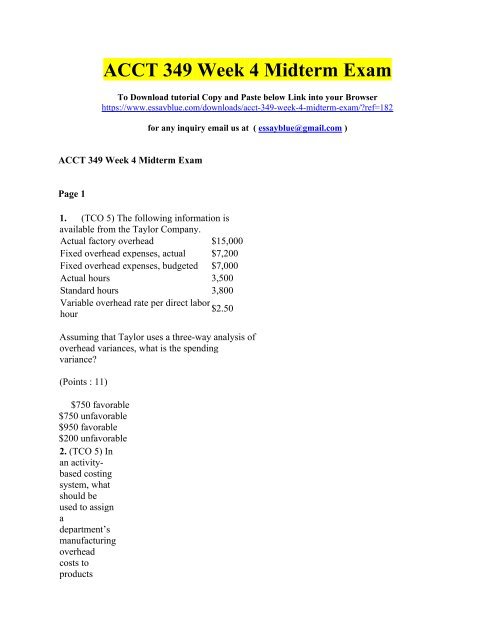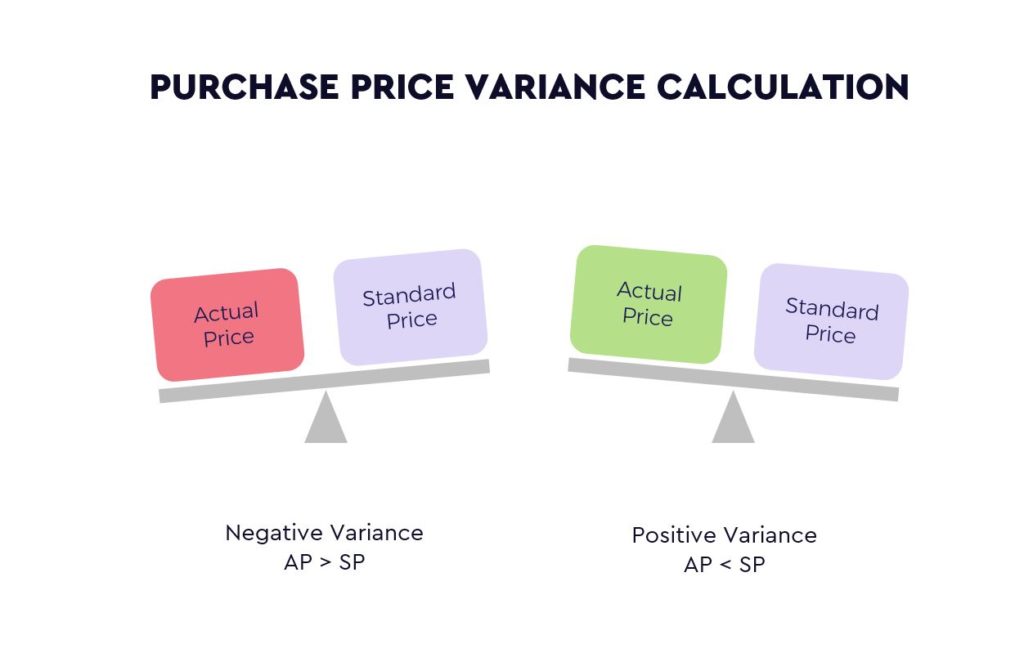Content
The lower the PEG ratio, the lower the stock’s value in relation to its expected total return . B) The Balance Sheet does not, and never has been, meant to measure the market value of the business. Investors can chose to pay many multiples of that book value for the stock, so the stock price DOES measure the market value of the business. It serves no purpose to produce a Balance Sheet that is a duplicate of the stock market capitalization value.

In 2014, after much of the academic work was done, Fangjian Fu has found two explanations for this anomaly. He found that the CRSP dataset does not include the monthly returns of stocks delisted in the month, 90% of the time. Since the returns https://online-accounting.net/ of delisted stocks tend to be very negative (-38% in his sample), omitting them introduces significant survivorship bias. The companies shrinking their assets were often in this group so their returns were actually much lower than reported.
Limitations of Price Earnings Ratio
Growth of at least 7% makes the stock “eye-catching” enough to warrant potential revaluation by the market. Growth over 20% is usually too risky because it is not sustainable.
Seeking at Least 7% Dividend Yield? Analysts Suggest 2 Dividend … – TipRanks
Seeking at Least 7% Dividend Yield? Analysts Suggest 2 Dividend ….
Posted: Tue, 31 Jan 2023 01:35:03 GMT [source]
A stock with a P/E of 10 and earnings growth of 10 percent has a PEG ratio of 1, while a stock with a P/E of 10 and earnings growth of 20 percent has a PEG ratio of 0.5. According to the PEG ratio, the second stock is undervalued compared to the first stock. The price-to-earnings (P/E) ratio is the ratio for valuing a company that measures its current share price relative to its per-share earnings. After multiplying the justified P/E of 6.4x by the historical EPS of $2.00, we calculate the implied current share price as $12.75, which matches the Po from earlier.
PEGY Formula
Comparing dividend yield to bond or bank account yields makes the most sense for high-dividend stocks whose prices tend to be stable. You can use a P/E ratio in your stock analysis in a couple of ways. First, you can compare the P/E ratios of two or more similar stocks to determine which stock is a better value.

If there’s one ratio people tend to know about, it’s the P/E ratio, and for a good reason. This is the ratio between the price of the stock and its earnings. A company’s history of past dividend payments is publicly available information and can easily Price/Earnings to Growth and Dividend Yield be found online. Warren Buffett has held shares of Coca-Cola since the late 1980s; the company accounts for about 8.5% of Berkshire Hathaway’s portfolio at the time of writing. Investments can fall and rise and you may get back less than you invested.
P/E Ratio Formula Explanation
Generally, a PEG below 1 means this metric considers a stock undervalued. Use of the coming year’s expected growth rate is considered preferable as the most reliable of the future-looking estimates. Yet which growth rate was selected for calculating a particular published PEG ratio may not be clear, or may require a close reading of the footnotes for the given figure. The PEG ratio of 1 is sometimes said to represent a fair trade-off between the values of cost and the values of growth, indicating that a stock is reasonably valued given the expected growth. A crude analysis suggests that companies with PEG values between 0 and 1 may provide higher returns. As the beta increases, the PE ratio decreases in all four scenarios. However, the difference between the PE ratios across the four growth classes is lower when the beta is very high and increases as the beta decreases.
It is up to you to restate the Income Statement with the additional revenues and expenses from these ‘discontinued operations’. Since most businesses are sold because they are doing poorly, restating the financials will result in lower margins being calculated. Many times, the multiple you put on a stock is based on your comfort level in the execution.
This may or may not be offset by Initial Public Offerings (IPO’s) drawing in new investment. #10 Growth from Share Issue Premiums over Book ValueTop The media always represents new share issues as dilutive – the opposite of share buy-backs which are supposed to be a good thing.
- Companies with a high Price Earnings Ratio are often considered to be growth stocks.
- A study by the CXO Group shows how very wrong each quarters’ earnings estimate is at its inception, and how widely it swings in the interim before its factual reality is known after the fact.
- The dividend yield is calculated by dividing the dividend per share by the stock’s current price per share.
- Large, well-established companies, for instance, may offer dependable dividend income, but little opportunity for growth.
- While the PEGY ratio doesn’t tell the whole story of a stock’s potential for appreciation, it provides investors with a starting point in their stock analysis.
Also, profits from foreign countries are impacted by that foreign inflation rate. Investors measure their returns relative to their home country’s CPI. Companies adjust for unexpected inflation in the long run, but not the short run. High nominal GDP growth because of inflation may cause low company profits.
How trustworthy is the price-to-earnings ratio?
Top The growth referred to in the media is almost always the growth of Revenue – the top line of the Income Statement. But the equity investor benefits only from the very bottom of the Income Statement – after all the expenses are paid. Just throw money at advertising, or undercut the competitors’ price, and revenues will grow – but not the bottom line profits. Answering the question “where do the profits go?” is easier now that financial data is publicly available for download into spreadsheets. They can be used to pay dividends and buy back shares, or they can be stored on the Balance Sheet. The example provided in the Company Analysis spreadsheet includes a box itemizing the changes to Balance Sheet values.
- In that case, rather than a 10% return, the investor may incur a loss from the Widget Co. holdings.
- A rising ROE signals that the firm is earning more profits from its net assets relative to previous years.
- They can be used to pay dividends and buy back shares, or they can be stored on the Balance Sheet.
- This is the ratio between the price of the stock and its earnings.
- Most valuation ratios such as price-to-earnings, price-to-sales, and price-to-book are based on backward-looking metrics and don’t directly consider a company’s growth prospects.
- It is this mechanism that makes the stock of ‘industry consolidators’ such high flyers.
